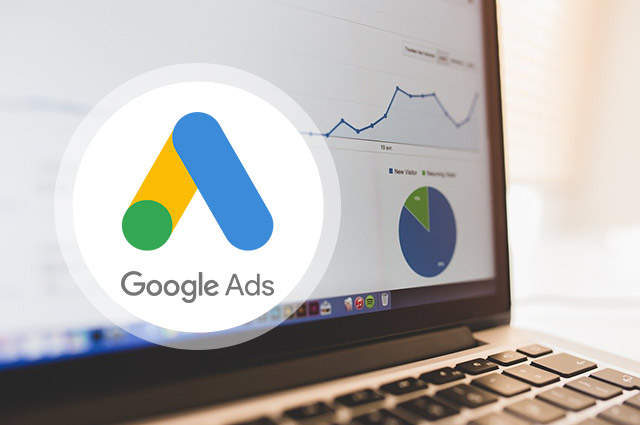Location reporting in Google Ads has undergone major advancements in recent years.
As a Google ads specialist, I have witnessed the location targeting and analysis capabilities become incredibly precise and granular.
In this article, I will walk through the key innovations in location reporting and make the case for building custom reports to extract the most valuable local insights.
Evolution of Location Reporting
In the early days of AdWords, location targeting and reporting were limited to country and DMA (metro area).
However, Google has invested heavily in enhanced location capabilities. Here are some of the key developments:
- City-level targeting– Advertisers can now target and report performance at the city level. This allows for localization of messaging and optimization at a very granular level.
- ZIP code targeting– Want even more precision? Google now allows targeting and reporting by ZIP code. This unlocks hyper-targeted proximity and geo-fencing campaigns.
- Radius targeting– Using GPS coordinates, advertisers can set a geographic radius for targeting and reporting performance. The radius can be as small as 1 mile for very localized campaigns.
- Latitude/longitude targeting– At the most granular level, Google now enables location targeting and analysis based on latitude and longitude coordinates. This allows pinpoint targeting of specific buildings, parks, monuments, etc.
As a Google ads specialist, having access to these enhanced location targeting settings opens up tremendous potential for hyper-local and proximity-based marketing. But location reporting off the shelf is still not enough…
The Need for Custom Location Reporting
While Google’s out-of-the-box location reports have gotten increasingly precise, they rarely provide full insight on their own.
The real power comes from blending location data with other important dimensions in thoughtful, customized reporting.
Let me illustrate with an example from a national retailer client last year…
When reviewing the standard location reports, we saw high spending and clicks in major metros as expected.
However, a different picture emerged when building a custom report combining location with conversion data and revenue.
We discovered several smaller cities driving 2x higher conversion rates and ROI compared to larger markets.
This pivotal insight allowed us to reallocate the budget to the high-performing locations and reduce overpriced metro spend.
Just one month after optimizing based on the custom reporting, the client saw a 21% lift in conversions without increasing spend.
Here are 3 other ways custom reporting takes location analysis to the next level:
- Blend location with ad relevance metricslike Quality Score to identify high-potential geography.
- Combine location with demographicsfor next-level personalization of messaging. Income, age, language, and affinity categories unlock major opportunities.
- Merge location with device datato uncover performance differences across mobile vs. desktop by region.
Key Takeaways
The bottom line is Google’s out-of-the-box location reporting only gets you so far.
To extract the most powerful local insights, you need to build thoughtful custom reports blending location with other business KPIs.
As a Google ads specialist, I highly recommend constructing 4-5 customized reports tailored to your goals.
Location targeting has expanded exponentially, but custom reporting is how you connect the dots and capitalize on optimization opportunities at a local level.



